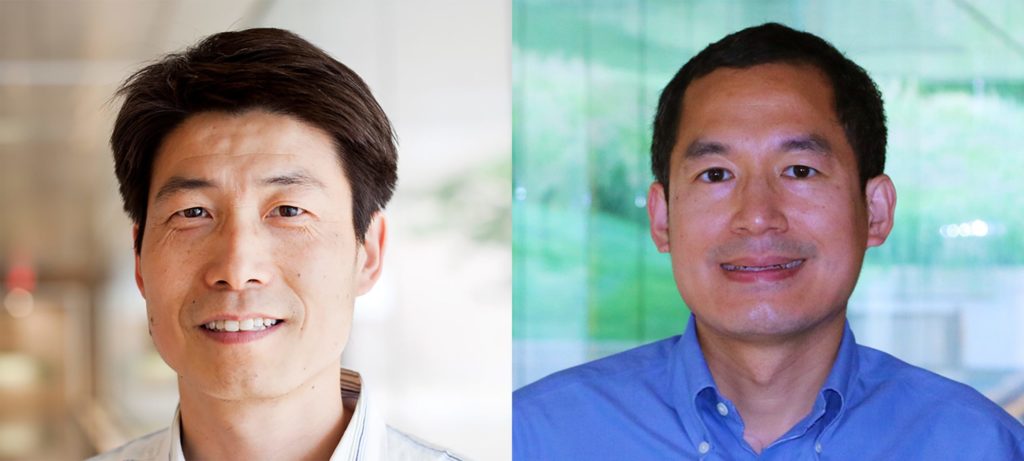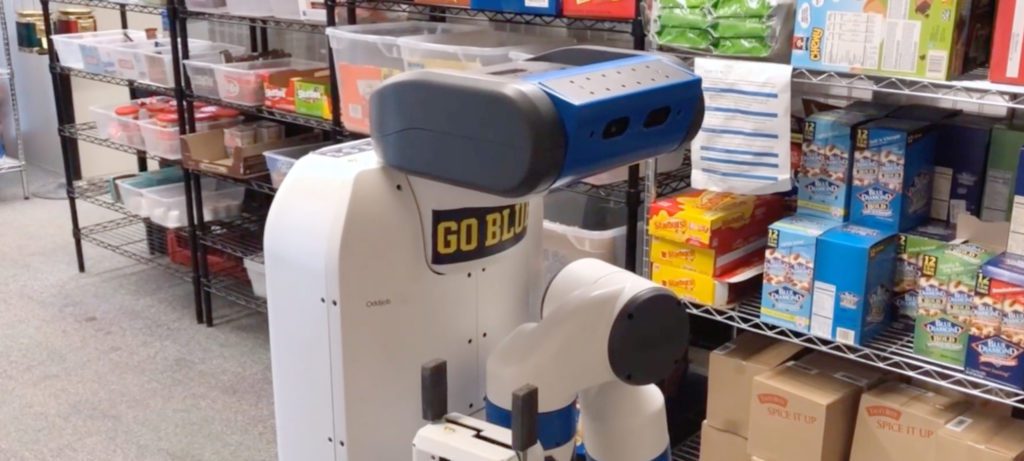Kasikci will sift through the byproducts of hundreds of millions of common program executions to determine how this data can automate some key steps in bug finding and fixing.


Kasikci will sift through the byproducts of hundreds of millions of common program executions to determine how this data can automate some key steps in bug finding and fixing.

The two organizations will connect their membership and partner networks to work on advancing security for life-saving devices.

Their findings reduce average job completion time by up to 95% when the system load is high, while treating every job fairly.

Guo is working to boost the visibility of autonomous cars for improved safety, and Mi is building a prototype solar hydrogen production system that could out-compete electric cars.

Prof. Kamal Sarabandi and ECE PhD student Navid Barani won a best paper award for their research on how biological cells may use electromagnetic signal transmission to communicate.

PhD student Ester Bentley designs smaller, better 3D mechanical resonators for use in high-performance gyroscopes to help unmanned systems navigate when GPS signal is jammed or lost.

The Center for Entrepreneurship profiles a team of EECS students, who are working to develop the next generation of delivery vehicles.

The model is a practical method for robots to look for target items in complex, realistic environments.

The virtual interviewer uses therapeutic writing techniques to help users cope with difficult situations.
‘When caught in a situation such as this, creatively and positively helping others is always an excellent endeavor.’
The post Engineering course challenges students to create tech solutions for COVID-19 appeared first on Engineering Research News.